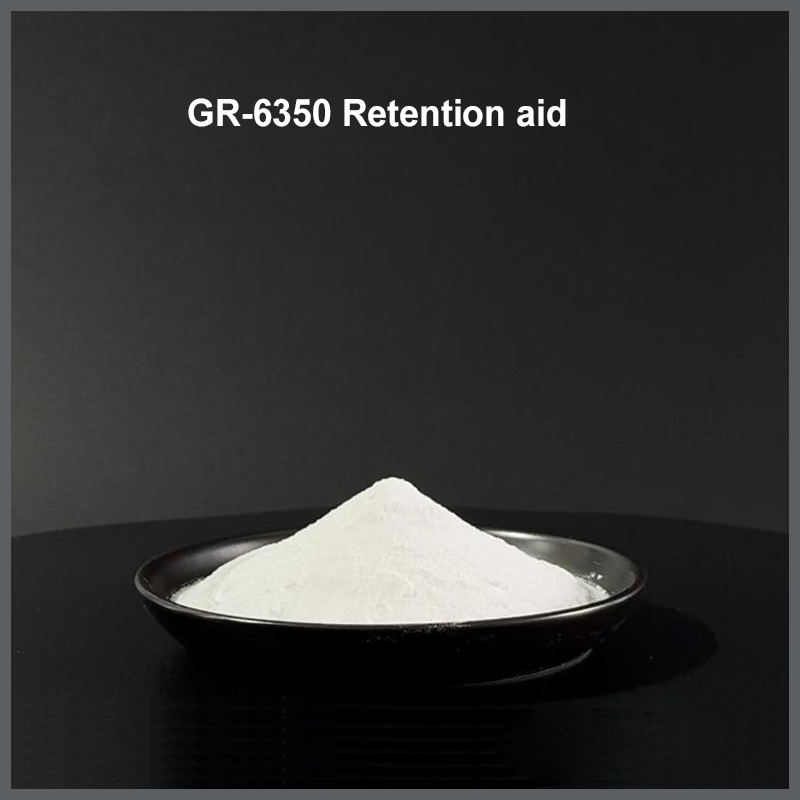products
GR-6350 retention aid
Three Core Advantages:
Excellent Retention: Tighter wadding effectively holds valuable fibers and fillers within the paper, significantly improving retention.
Fast Water Drainage: The uniform floc structure creates more channels for water molecules to escape, significantly increasing water filtration speed.
Improved Quality: Due to the small, evenly distributed flocs, the final paper is more uniform, providing an ideal surface for subsequent printing.

◼PRODUCT DESCRIPTION
Model GR-6350:
GR-6350 is a cationic charged polyacrylamide powder that is used as a floccul ant and a component in systems and should be used with colloidal silica sol.
Main uses:
Higher retention, drainage and dry strength can be achieved when the GR-6350 is used as part of Kemform 's multiple retention and filtration systems.
Performance characteristics:
● Increase machine speed
● Improved paper forming
● More uniform, better printability
● Reduce supply costs
● Reduce effluent load










Q: Why must GR-6350 be used in conjunction with colloidal silica sol? What is the synergistic mechanism?
A: This is a classic "dual polymer system" technology. GR-6350, as a cationic polymer, first forms initial microscopic flocs through charge neutralization and bridging. The subsequent addition of negatively charged colloidal silica sol further interacts with these flocs, re-bridging them through electrostatic patching and micro-flocculation, reconstructing them into more uniform, dense, three-dimensional macroscopic flocs. This synergistic effect far surpasses that of a single flocculant, achieving both extremely high retention and excellent drainage.

Q: Why does the GR-6350 system improve both paper uniformity and strength?
A: Traditional strong flocculation results in large, loose flocs, resulting in uneven sheet structure. The GR-6350/silica sol system, on the other hand, forms small, dense, and evenly distributed flocs. This results in a more uniform distribution of fibers within the paper sheet (i.e., better formation). The tighter floc structure itself strengthens the bonding between fibers, thereby simultaneously improving the paper's dry strength.

Q: How does this system achieve the dual economic benefits of reducing raw material costs and reducing wastewater load?
A: Continuous dripping or intermittent impact dosing is typically used. The product can be added directly to the pulp tank, white water pit, or circulating water pipeline. The exact addition point and dosage must be determined through testing based on the severity of odor on site, the system water volume, and water quality to ensure optimal results and cost-effectiveness. How does this system achieve the dual economic benefits of reducing raw material costs and reducing wastewater load?
Request a Quote
Related Recommendations





